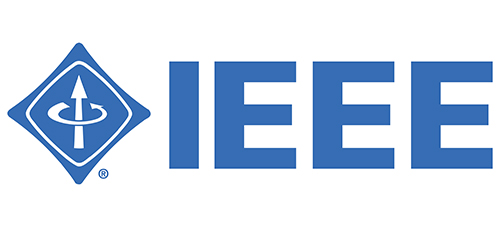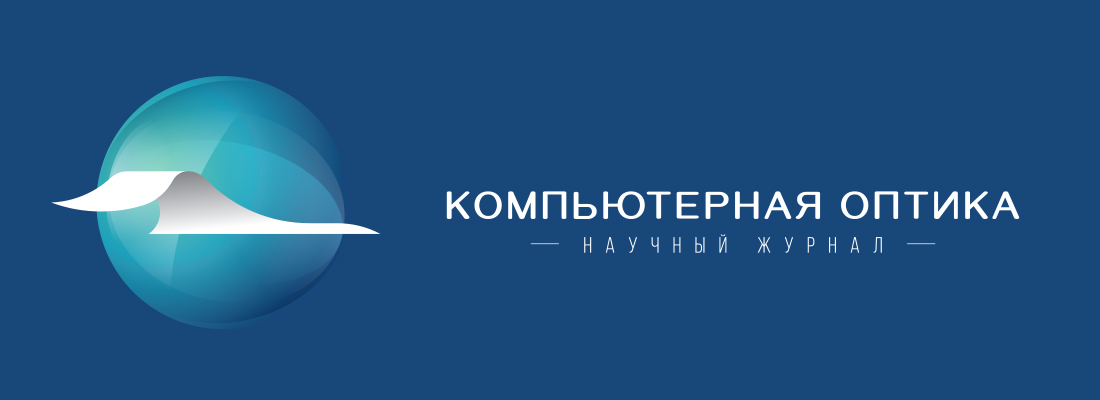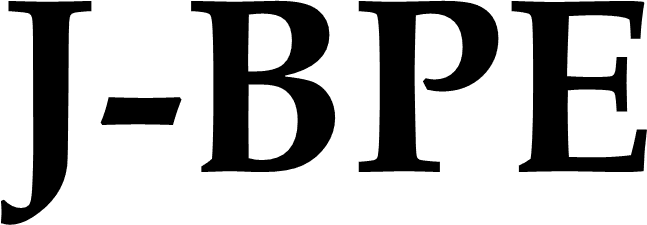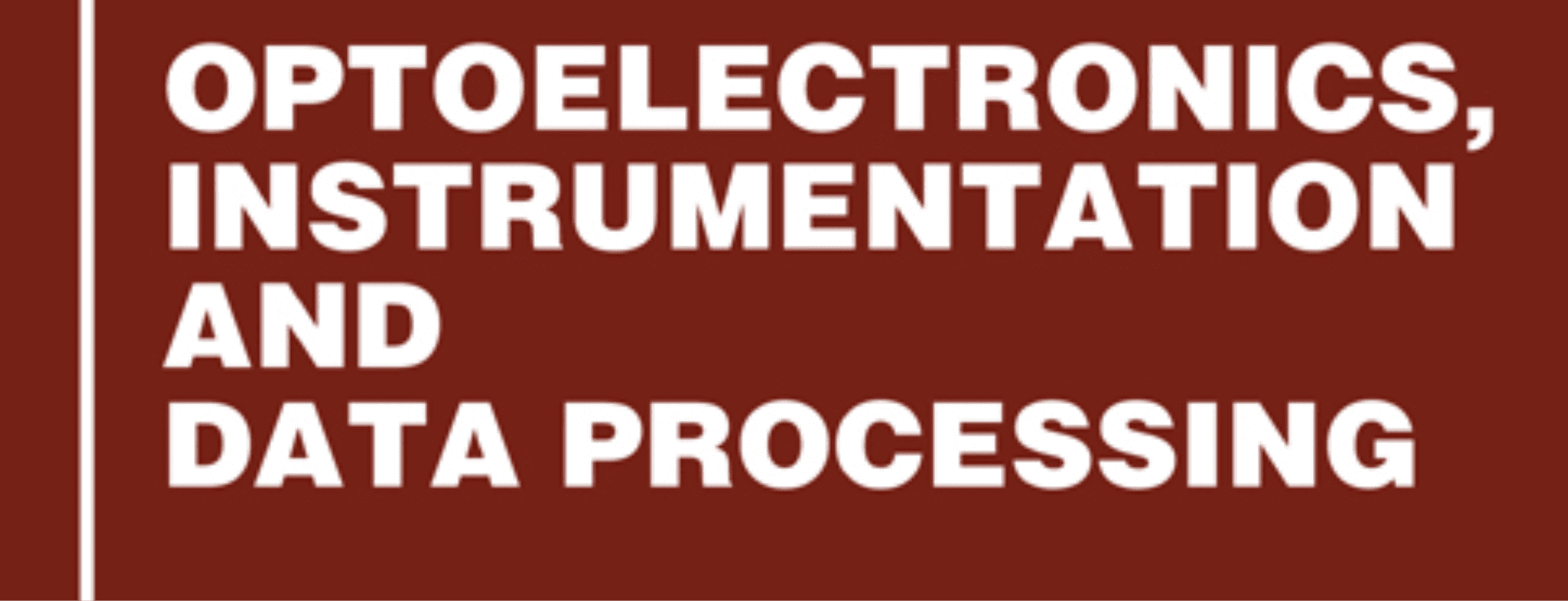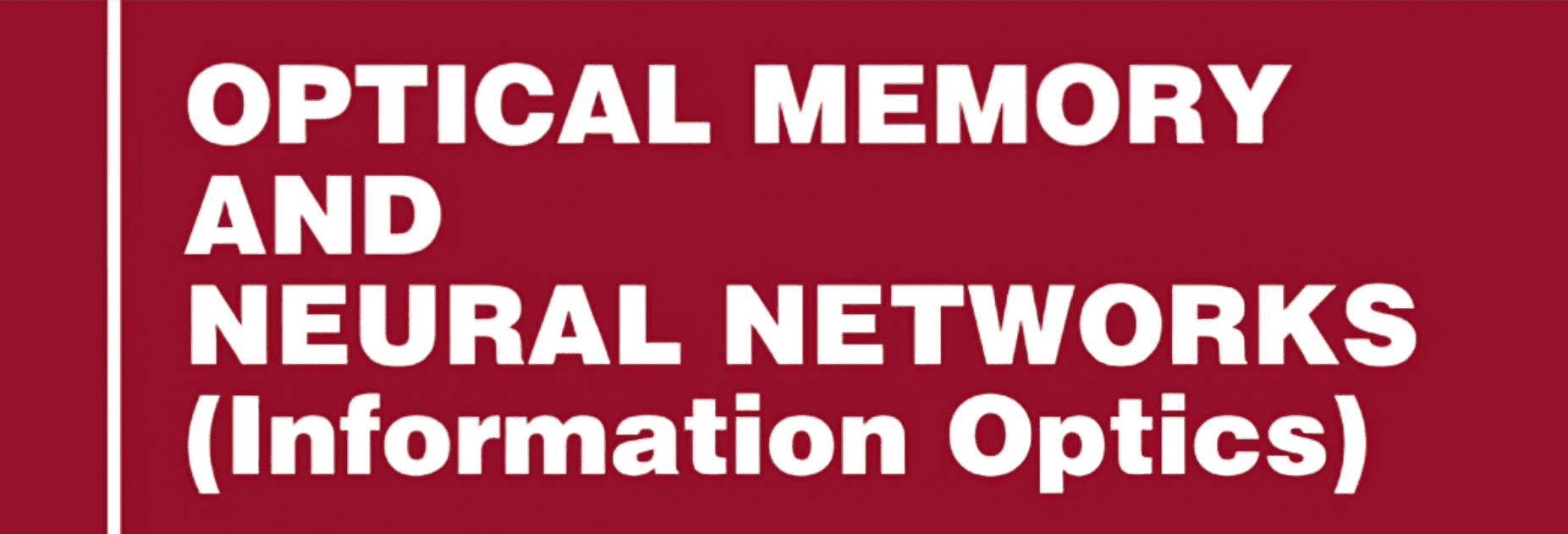Conference
The Youth School
Within the framework of the X International Conference on Information Technology and Nanotechnology (ITNT-2024) the Youth School will be held. At the Youth School young researchers, post-graduate students and senior students will get acquainted with the scientific achievements in the Conference topics and also with unique laboratories and equipment of the Samara University. They also will have a unique opportunity to improve their professional level and publish their scientific results in the proceedings indexed by Scopus and Web of Science.
The scientific program of the Youth School provides for:
• Lectures of leading experts from the largest scientific centers of Russia and foreign universities;
• Youth sessions where young scientists will be able to deliver oral and poster presentations;
• Seminars with elements of a round table and public discussion;
• Master classes and workshops of experts from the leading IT companies.
Participants of the Youth School can be students of high courses, graduate student, Ph. D., young scientists, teachers and specialists under the age of 35 years.
Young scientists whose paper is accepted for the are invited to participate in the Contest. The Youth School will have several awards, which will be announced and bestowed at the Conference closing session. The winners of the Contest will receive diplomas and prizes. An obligatory condition is personal presentation of the talk at the Conference.
All participants of the Youth School will receive a Certificate, and, if necessary, a recommendation for admission to the Master's.
Publication
The standard publication of a conference participant is a two-page abstract (in Russian or English with indexing in the RSCI) and, based on the results of the presentation, an English-language publication of the article on the IEEE Xplore portal in the “Conferences” section with indexing in Google Academy, Scopus and sending an application for indexing in Web of Science Core Collection (WoS), which, unfortunately, is not guaranteed.
The conference organizers provide additional benefits to ITNT-2024 participants due to the cooperation agreements with the following journals:
1. “Computer Optics” (English-language publication, Scopus, WoS).
2. “Journal of Biomedical Photonics & Engineering” (English-language publication, Scopus, RSCI).
3. “Avtometriya”, Russian-language publication followed by translation into English (“Optoelectronics, Instrumentation and Data Processing”, Scopus, WoS).
4. “Nanotechnologies in Russia (Rossiiskie Nanotekhnologii)”, Russian-language publication followed by translation into English (“Nanobiotechnology Reports”, Scopus, WoS).
5. “Current problems in remote sensing of the Earth from space (Sovremennye problemy distantsionnogo zondirovaniya Zemli iz kosmosa)” (Russian-language publication, Scopus, RSCI).
6. “Optical Memory and Neural Networks (Information Optics)” (English-language publication, Scopus, WoS).
7. “Information Processes” (Russian-language publication, RSCI).
8. “Photonics” (MDPI, English-language publication, Scopus, WoS), can be published in addition to the extended abstract in the "IEEE Xplore" subject to the correctness of quoting and borrowing.
9. “Mathematics” (MDPI, English-language publication, Scopus, WoS Q1).
Topics
Section 1 "Computer Optics and Nanophotonics":
- Diffractive Optics (Design, Simulation and Manufacturing of Diffractive Optical Elements, Applications);
- Planar Optical Structures (Waveguides, Photonic Crystals, Resonance Structures, Bragg Gratings);
- Hyperspectral Systems (Optical Schemes, Dispersive Elements, Spectral Filters);
- Nanophotonics (Design, Simulation and Manufacturing of Elements of Nanophotonics, Plasmonics, Metasurfaces);
- Optical Sensing Systems, Information Transmission and Processing (Optical Calculations, Modeling of Optical Imaging Systems, Optical Neural Networks, Fiber Optics, Information Transfer in Free-space);
- Singular Optics (Generation and Registration of Optical Vortices, Propagation and Focusing of Optical Vortices, Cylindrical Vector Beams, Spin-Orbital Conversion).
Section 2 “Information Technologies in Earth Remote Sensing”:
- Information Technology in Design of Earth Remote Sensing Spacecraft and Payload;
- Software and Mathematical Solutions for Motion Control of Observation Spacecraft;
- Software and Hardware for Receiving, Processing and Analyzing Data Received from Earth Remote Sensing Spacecraft;
- Geoinformation Systems and Technologies (Vectorization, Tracing, Geospatial Analysis and Modeling; Geometric and Radiometric Correction; Image Fusion in Remote Sensing, Spectral Unmixing, Change and Anomaly Detection);
- Mathematical Modeling of the Processes of Earth Remote Sensing Spacecraft Performance;
- Modern Design Solutions for the Development of Earth Remote Sensing Spacecraft and their Constellations, Including CubeSat;
- UAV-based Remote Sensing Systems.
Section 3 "Artificial Intelligence":
- New Approaches, Trends and Fundamental Results in the Field of Artificial Intelligence and its Applications to Pattern Recognition and Image Analysis, Text Processing, Speech Information;
- Neural Network Methods and Deep Learning: New Architectures, Neural Models, Teaching Methods, Multimodal Intelligent Systems, New Approaches to Solving Applied Problems, Preparing Data for Training, Datasets Forming;
- Applied Artificial Intelligence Technologies in Image Processing, Unmanned Vehicles, Industrial and Agricultural Applications, Medical Applications, Ecology, Environmental Monitoring and Others;
- Software Technologies for Solving Problems of Artificial Intelligence – Frameworks, Libraries, Open Initiatives and Communities;
- Multidisciplinary Aspects of Artificial Intelligence and Machine Learning: Ethical and Ontological Aspects of Artificial Intelligence, Systems of Trusted Artificial Intelligence.
Section 4 "Data Science":
Computer Science:
- Data Engineering: Data Preprocessing, Validation and Augmentation;
- Data Visualization;
- Mathematical Methods of Data Analysis;
- Software Platforms and Libraries for Data Processing;
- Hardware for Data Storage and Processing;
- High-performance, Parallel and Cloud Computing, Big Data Technologies;
- Databases, Tools and Languages for Working with Databases.
Data Mining Applications:
- Solution of Urgent Applied Problems: Time Series Analysis; Natural Language Processing; Video Data Streams Analysis; Diagnostic Data Analysis.
Mathematical Methods of Digital Image Processing:
- Filtering, Enhancement, Color Mapping, Reconstruction, Compression, Spectral Transformations and Invariants, Mathematical Morphology, Segmentation, Images Mosaicing.
Mathematical Methods of Pattern Recognition:
- Feature Extraction and Selection, Descriptors, Dimensionality Reduction.
Machine Vision Technologies:
- Photogrammetry, Shape or Scene Reconstruction, Registration, Geometry Transformation, Point Cloud Processing; Scene Analysis; Structure from Motion, visual odometry.
Section 5 "Information Technologies in Biomedicine":
- Mathematical Methods for Processing Biomedical Data, Signals, Images, Biomedical Visualization;
- Biomedical Data Mining, Clinical Decision Support Systems;
- Artificial Intelligence in Biomedical Data Processing, Neural Networks and Deep Learning in Biomedical Applications;
- Augmented and Virtual Reality (AR/VR) in Biomedical Applications;
- Medical Information Systems, Remote Interaction and Monitoring Systems, Telemedicine, Internet Medicine;
- Therapeutic and Diagnostic Systems, Implants, Artificial Organs, Biomedical Sensors, Medical Equipment, Internet of Medical Things (IoMT);
- Mathematical Modeling of Biophysical Processes.
Section 6 "Industrial Internet of Things":
- Digital Information Models (Digital Twins, Multi-Agent Systems, Digital Network Models);
- Intelligent Management Systems (Intelligent Decision-Making in Management Systems, Data Analysis for Decision Support, Machine Learning Models in Optimization and Management Tasks);
- Microservice Architecture and High-Load Applications (Organizing a Microservice Interaction, Load Balancing, Optimization of Distributed Computing);
- Collecting a Telemetry and Software Control of Devices (Sensors, Programmable Logic Controllers, Automation of Industrial Equipment).
Important dates
10/10/2023 - Start of Abstract Submission
11/14/2023 - Abstract Submission Deadline
12/07/2023 - Notification on Abstract Acceptance for Presentation
12/07/2023 - Start of Paper Submission
12/26/2023 - Notification on Abstract Acceptance for Publication
12/26/2023 - Paper Submission Deadline
03/26/2024 - Paper Acceptance Notification
04/08/2024 - Start of Online Registration
04/26/2024 - Early Bird Payment Deadline
04/30/2024 - Online Registration Deadline
05/20/2024 - Payment Deadline
05/20/2024 - Conference Date




